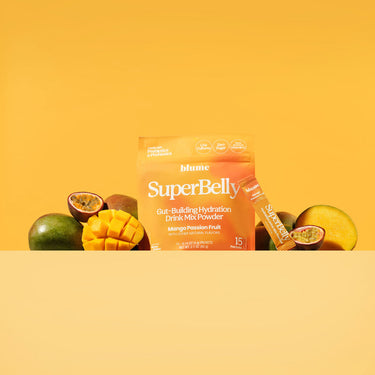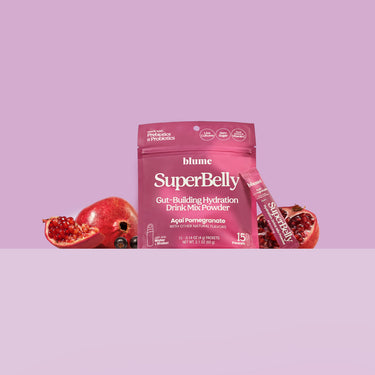
Stress doesn’t just affect the grown-ups anymore. Now more than ever, our kids are facing a variety of challenges and stressors, from school assignments to environmental toxins, from social pressures to family dynamics. As parents we know our children will face ongoing challenges, so we do our best to equip them with the tools needed to adapt, grow and be resilient.
Luckily, the body has a system that is specifically designed to react, respond and manage the stressors we face. This system is referred to as the HPA-Axis (hypothalamus-pituitary-adrenal axis) and is stimulated when a mental or physical stressor is presented. This triggers our fight or flight mode, our muscles become stimulated, digestion is slowed, our heart rate and breathing increases. A pop quiz, poor grade on a school assignment or pressure from friends and parents can all trigger this response in children. Unfortunately, this system was not necessarily designed to deal with the ongoing stressors we face on a day to day basis. When stress becomes chronic or goes unmanaged this system does not respond as effectively and symptoms can start to present such as:
- Low energy
- Anxiety
- Difficulty concentrating
- Impaired immunity
- Digestive upset
- Difficulty sleeping

As parents the last thing we want to see is our children's physical or mental health struggle, so we do our best to ensure our kids are eating properly, getting fresh air, and being active. However, when it comes to managing and creating resilience toward stressors we may need some additional support. Now more than ever there seems to be an increased interest in natural and herbal remedies with parents to support their children’s health, which brings us to adaptogens.
There has been no better time to introduce and educate ourselves and children on the powerful properties of adaptogens. For thousands of years, adaptogens (a class of herbs and mushrooms) have been used in Traditional Chinese and Ayurvedic medicines to support the body's stress response. Adaptogens range in medicinal properties that can support physical energy, mental endurance, and strengthen the immune system. Adaptogens can be used all year round as an ongoing way to support our children’s immunity, stress response, energy and mental health.
What The Science Says
In a randomized clinical trial that evaluated immune modulation by yogurt enriched with Beta-Glucans (sugars found in cell walls of bacteria, fungi, yeasts, algae, lichens, and plants) from Reishi (adaptogenic mushroom) in children, they found that there was a significant increase in lymphocytes (type of white blood cell that play a critical role within the immune system, helping the body fight off infection) than the group of children receiving a placebo.
In 11 Randomized clinical trials involving high school students, Rholdiola was evaluated for its impact on mental health conditions, mental performance and physical performance. It was found that Rhodiola improved various aspects of cognitive function such as memory, accuracy, attention, reduced mental fatigue and displayed anti-depressant effects. It has shown to be mentally stimulating while emotionally calming.
How to Incorporate Adaptogens into Your Child's Routine
- Reishi Hot Cacao: The perfect base for an immune boosting hot chocolate or make a creamy avocado chocolate pudding.

Dosage
I recommend that children under 18 take 1/4-1/2 the recommended dose for adults.
Disclaimer
Not all adaptogens have been studied to be deemed safe or unsafe for the consumption of children. Please consult with your health care practitioner if you have questions or concerns.
Sources
Henao SLD, Urrego SA, Cano AM, Higuita EA. Randomized Clinical Trial for the Evaluation of Immune Modulation by Yogurt Enriched with β-Glucans from Lingzhi or Reishi Medicinal Mushroom, Ganoderma lucidum (Agaricomycetes), in Children from Medellin, Colombia. Int J Med Mushrooms. 2018;20(8):705-716. doi: 10.1615/IntJMedMushrooms.2018026986. PMID: 30317947.
Sharma A, Gerbarg PL, Brown RP. Non-Pharmacological Treatments for ADHD in Youth. Adolesc Psychiatry (Hilversum). 2015;5(2):84-95. doi:10.2174/221067660502150430154937
 Dallas is a Certified Nutritional Practitioner and Mom of 2. She specializes in digestive and hormonal health conditions with a particular interest in women’s health & wellness. Dallas believes in a simplified, holistic approach to health and wellness, creating sustainable and realistic habits that support total body health & wellness. To learn more check her our on IG @dallasskopelelanos or her website www.naked-nutrition.ca.
Dallas is a Certified Nutritional Practitioner and Mom of 2. She specializes in digestive and hormonal health conditions with a particular interest in women’s health & wellness. Dallas believes in a simplified, holistic approach to health and wellness, creating sustainable and realistic habits that support total body health & wellness. To learn more check her our on IG @dallasskopelelanos or her website www.naked-nutrition.ca.























